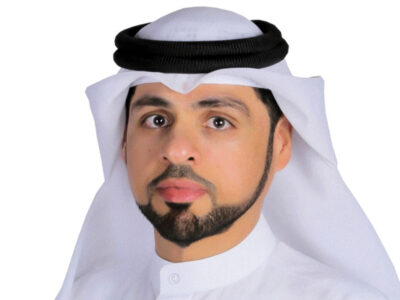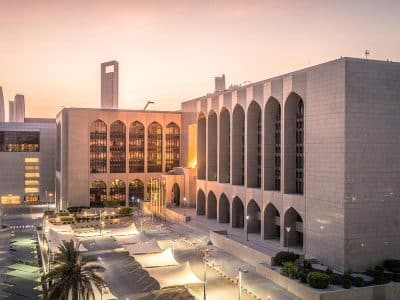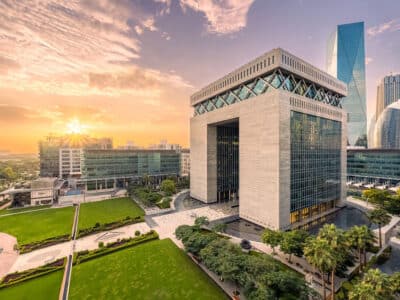The value of foreign investments in the Saudi capital market has increased by 300 per cent over the past five years.
From 2018 to the end of 2022 the value hit SR347.01bn ($92.5bn).
This constitutes 14.2 per cent of the total value of the free float in the main market, compared to SR86.86bn ($23.2bn) in 2018, which represents 3.77 per cent of the total value of free float shares in the main market for that year.
Saudi capital market investments
The Capital Market Authority’s (CMA’s) Deputy of Listed Companies and Investment Products, Abdullah Mohammed Binghannam said the CMA aims to position the Saudi capital market among the leading markets regionally and internationally.
Diversifying the investor base is critical to reaching such a ranking.
The CMA has made major efforts in recent years to increase the attractiveness of the Saudi capital market to foreign investors and to encourage their entry and participation in the trading and offerings, as well as in the general assemblies of firms.
Since allowing foreign investors to directly invest in the capital market in 2015, the Saudi Capital Market has evolved from a local market to one where the foreign investor participates in daily trading at rates exceeding 17 per cent, compared to less than 4 per cent before.
The foreign ownership value now exceeds SR347bn ($92.5bn).
Foreign investment in the main capital market has increased significantly, reaching unprecedented historic levels.
From 2018 to 2022, net foreign investment in the main market exceeded SR180bn ($48bn).
The contribution of foreign investors to company offerings has increased, and foreign investor ownership in the Saudi debt instruments market has increased more than tenfold since the debt instruments market was opened to all categories of foreign investors without restrictions by the end of 2020.
Since the Saudi capital market joined the major emerging market indexes in 2019, the rate of increase in foreign investments throughout 2022 has been the highest.
This development has contributed to QFI ownership increasing to 1,877 per cent, reaching SR271.23bn ($72.3bn) by the end of 2022.
According to the CMA’s Deputy of Listed Companies and Investment Products, the anticipated positive effects of raising foreign investors’ share of the capital market and improving their cash flows go beyond that.
They stimulate the local economy by attracting new foreign capital to finance the growth of listed firms, as well as offering knowledge and expertise to local companies by strengthening the foreign investor’s position in them.
Binghannam added that the CMA exerted strenuous efforts during the previous period to increase foreign investors’ participation in the Saudi capital market.
Among the most prominent efforts are allowing foreign investors to directly invest in debt instruments and approving instructions for International Central Securities Depositories.
This is a step that contributes to facilitating procedures for attracting foreign investments to Sukuk and debt instruments domestic market.
In addition, the recent approval of the Rules for Foreign Investment in Securities.
These rules were methodically and gradually facilitated to minimise the differences between QFIs and other investor categories in the Saudi market, facilitate procedures for foreign investors’ entry to the Saudi capital market, and enable broader access to other investment types.








